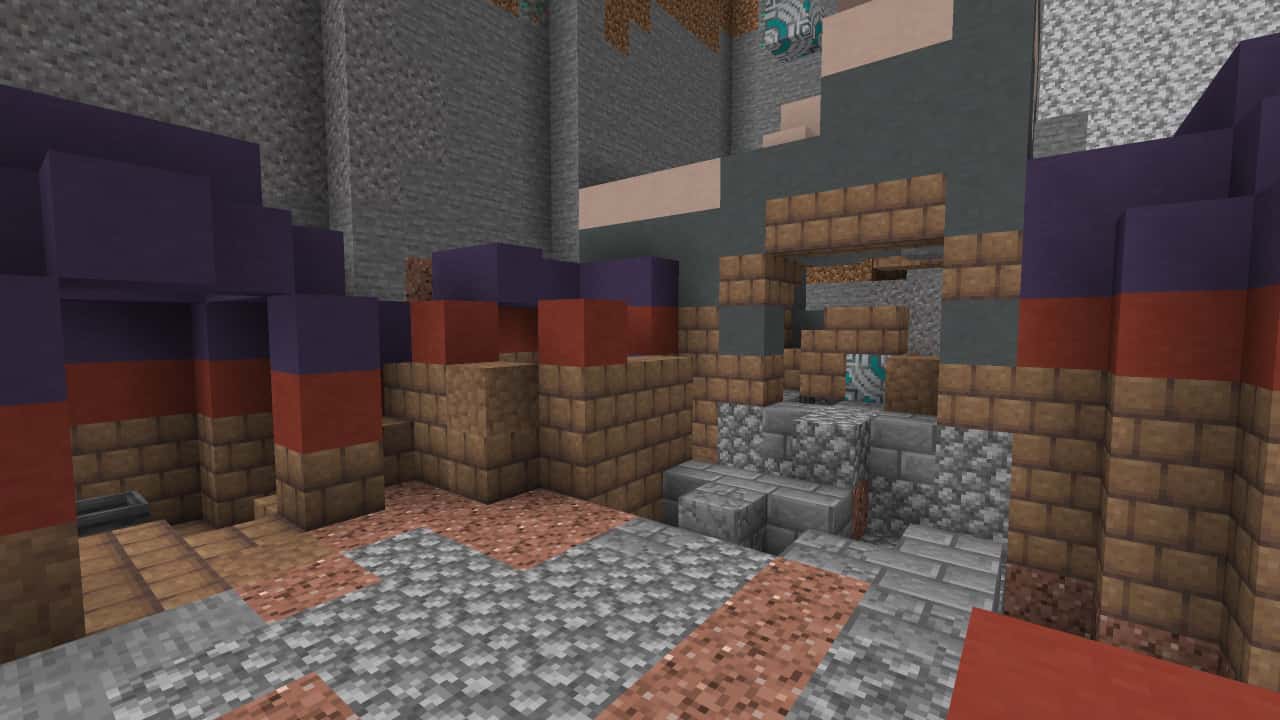Video Gamer is reader-supported. When you buy through links on our site, we may earn an affiliate commission. Prices subject to change. Learn more
Minecraft archeology is the flagship addition for the 1.20 update, so it’s no surprise a guide explaining the new feature is a necessity for any budding adventurers preparing for the next version.
There are other features coming in 1.20 as well of course. While Minecraft sniffers are as plenty interesting as the rarest axolotl in Minecraft or learning how to hatch a dragon egg, for this guide, we’ll be diving into every aspect of the archeology side of 1.20, and everything attached to it.
How does Minecraft archeology work?
The Minecraft archeology system isn’t too complex. Primarily, the system is a way to incorporate new artefacts, items and structures into the game. This manifests in three main ways: the brush, pottery, and the new trail ruins structure. These three features work together to create the foundation for the archeology system coming in 1.20.
Minecraft brush
Knowing how to use a brush in Minecraft is crucial for archeology in 1.20. Its main function is to unearth items buried inside suspicious sand and suspicious gravel blocks. It is the only tool that will be able to retrieve these items from the block without breaking it. You’ll be able to find these blocks in and around the following structures:
- Desert Temples
- Desert Wells
- Warm Ocean Ruins
- Cold Ocean Ruins
- Trail Ruins
You’ll want to explore ocean ruins especially if you’re looking to pick up sniffer eggs.

Minecraft pottery
Pottery is a new addition that will serve primarily as a decorative feature. Pottery shards, which can spawn from brushed suspicious sand or gravel, can be utilised to create decorative pots of varying designs – a cool way to decorate your base and document your explorations and adventures in your worlds.

Minecraft trail ruins
This new structure is what will tie all the features of Minecraft archeology together. While they will spawn elsewhere, suspicious sand and gravel are going to be easiest for you to find within these ruins, making them a veritable treasure trove for rare and unique items.
The trail ruins will spawn in the following biomes:
- Jungle
- Old Growth Birch forest
- Old Growth Pine Taiga
- Old Growth Spruce Taiga
- Snowy Taiga
- Taiga
It won’t be as conspicuous as some structures though. Most of the time, the only sign of a trail ruins structure will be a small number of blocks incongruous to the surrounding terrain.

If you choose to investigate, be aware that this structure is designed to emulate the feature’s namesake, and will require you to treat it like an archeological dig site. The reason for this is that the overwhelming majority of the structure is buried underground, filled with sediments and stone, including suspicious sand and suspicious gravel.

Take your time though, and you’ll slowly be able to unearth this structure, modelled to resemble ruins of small ancient dwellings. There won’t be any chests in here, but the time you’ve brushed your way through all the suspicious blocks, you’re bound to come away with a substantial stack of rewards, and a great sense of achievement.

It’s worth noting that while it isn’t a direct archeology feature, excavating suspicious blocks in these structures is also the only way to get a few specific armor trims, another new feature arriving in 1.20.
That covers everything for our Minecraft archeology guide. While this feature might bring a lot of new features, 1.20 will also see some changes that bring old features back into relevance. With bamboo getting its own type of wood, knowing how to make a bamboo farm in Minecraft is going to become valuable information. Luckily, we’ve even got you covered for that one as well.
What happened to Minecraft archeology?
Minecraft archeology was initially delayed back in 2021, but it’s finally here alongside the 1.20 update in 2023.
How do I find Trail Ruins in Minecraft?
Trail Ruins can be found in Old Growth forest biomes, and most Taiga biomes. The only part of the structure visible from the surface will be the top of the tower. It’ll look like a small rectangular pile of blocks incongruous with the surrounding terrain.

